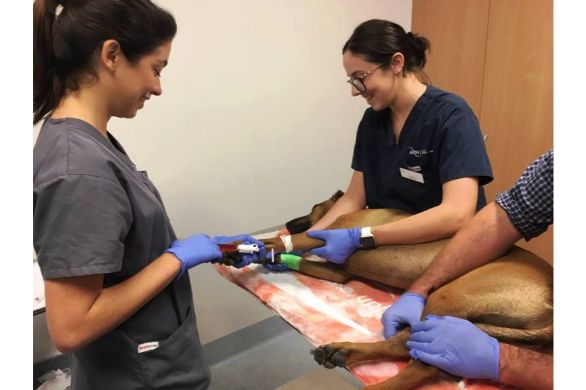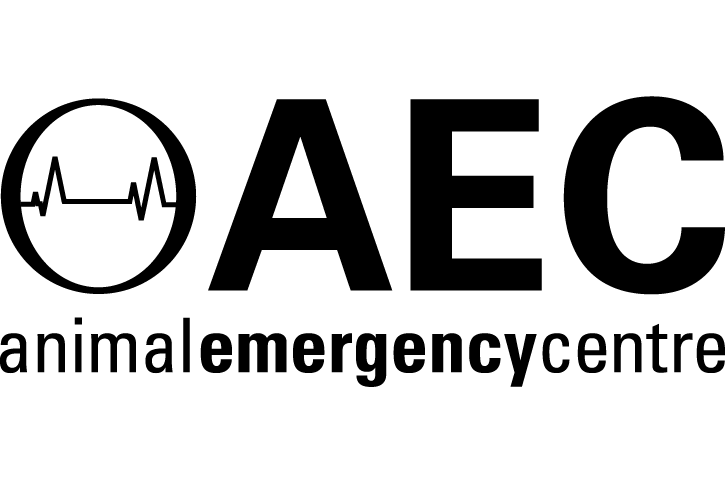A guide to bone cancer in dogs
Bone cancer, specifically osteosarcoma, is a serious and aggressive form of cancer that, unfortunately, is not uncommon in dogs. It can be devastating for pet owners if their dog is diagnosed with bone cancer, but early detection and proper treatment can improve your furry friend’s quality of life and, in some cases, extend their survival.
You can read more of our specialist veterinary news and stories here.
For referring vets, please use our online referral form to submit a case enquiry.
Our Network
Animal Referral & Emergency network is the largest specialty and referral network in Australia, consisting of over 20 sites. With over 1,200 dedicated team members, including over 600 nurses and over 390 veterinarians (including specialists and registrars), we provide exceptional care for your pets. Count on us for expert medical attention and comprehensive veterinary services.
.png)










